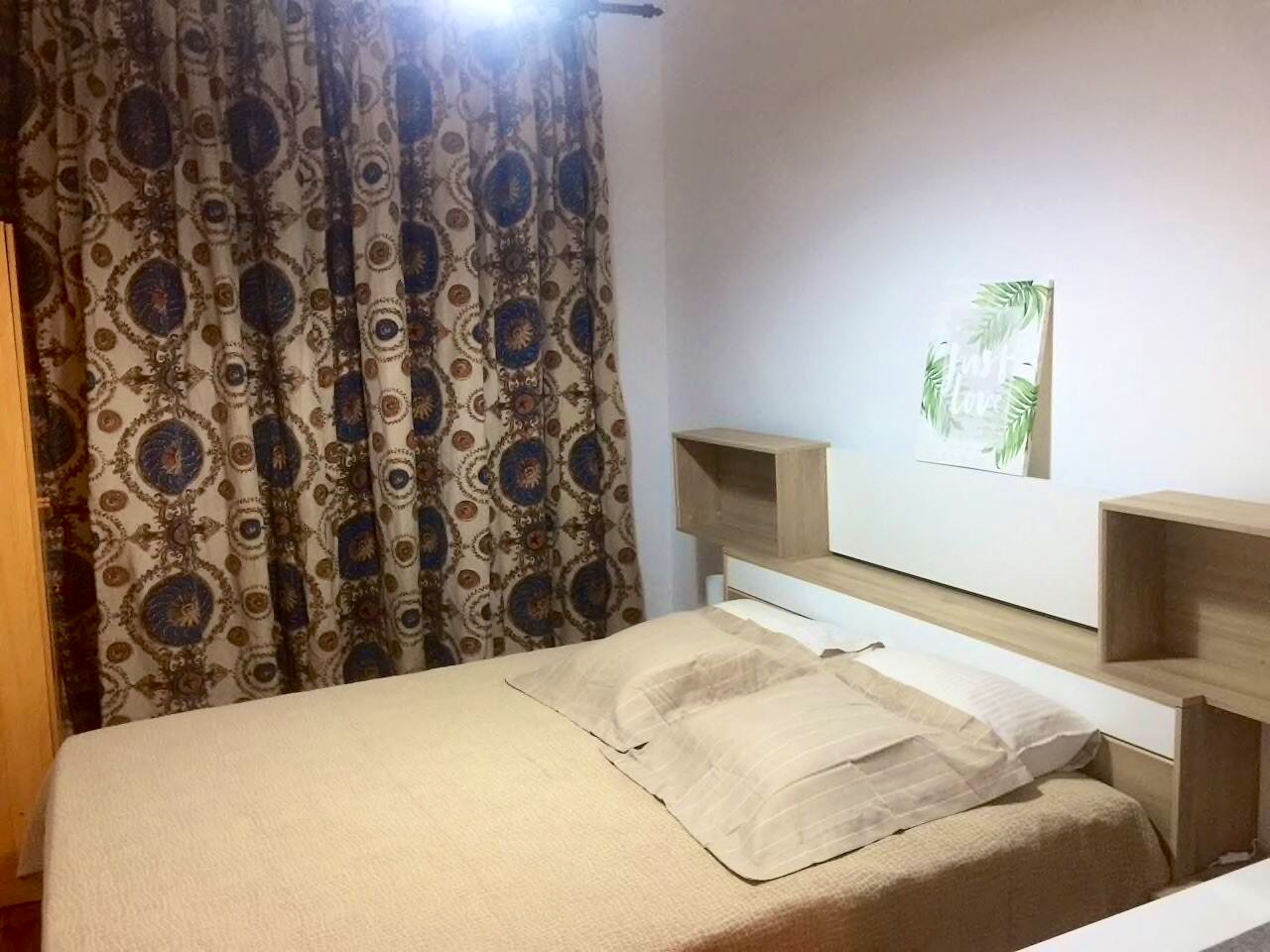

We don’t need to write anything down just to bridge a gap in a note sequence. Because the slip-box is not intended to be an encyclopaedia, but a tool to think with, we don’t need to worry about completeness. No need to treat every subject exhaustively: just write down what seems likely to help you think about the topics you’re pondering.

They are kept within a project-specific folder and can be discarded or archived after the project is finished. Project notes, which are only relevant to one particular project. The important thing about project notes seems to be that they be separated from the durable notes. In the old system, the question is: Under which topic do I store this note? In the new system, the question is: In which context will I want to stumble upon it again? - Fleeting literature notes can make sense if you need an extra step to understand or grasp an idea, but they will not help you in the later stages of the writing process, as no underlined sentence will ever present itself when you need it in the development of an argument. A text must then be conceptualised independently from these notes, which explains why so many resort to brainstorming to arrange the resources afterwards according to this preconceived idea.

Writing, then, means to rely heavily on your brain to remember where and when these notes were written down. Working like this will leave you with a lot of different notes in many different places. If they have an idea, they write it into their notebook, and if an article seems important enough, they make the effort and write an excerpt. If they have a comment to make, they write it into the margins. They handle their ideas and findings in the way it makes immediate sense: If they read an interesting sentence, they underline it. Many students and academic writers think like the early ship owners when it comes to note-taking. By using Evergreen notes should be concept-oriented, you can build an organizational structure which reflects the future contexts in which you’d likely want to see the ideas you’ve distilled. In the future, you’re likely to be thinking about “the impact of X on Y,” not a specific book which had a point about that topic. Prefer explicit associations to inferred associations - Even though the Zettelkasten makes suggestions here, too, for example based on joint literature references, making good cross-references is a matter of serious thinking and a crucial part of the development of thoughts.

#STAY SMART NOTES HOW TO#
Do they wonder where to store a note or how to retrieve it? The archivist asks: Which keyword is the most fitting? A writer asks: In which circumstances will I want to stumble upon this note, even if I forget about it? It is a crucial difference. The way people choose their keywords shows clearly if they think like an archivist or a writer. Because it should not be used as an archive, where we just take out what we put in, but as a system to think with, the references between the notes are much more important than the references from the index to a single note. Luhmann would add the number of one or two (rarely more) notes next to a keyword in the index (Schmidt 2013, 171). They should be chosen carefully and sparsely. In the Zettelkasten, keywords can easily be added to a note like tags and will then show up in the index. tags Tags are an ineffective association structure - c) Making sure you will be able to find this note later by either linking to it from your index or by making a link to it on a note that you use as an entry point to a discussion or topic and is itself linked to the index. They’re meant mostly as a “jumping-off” point: the connections between notes will be the primary navigational device. Keywords should be sparse and tightly curated.
#STAY SMART NOTES SERIES#
One of the core ideas here is that creative writing can become relatively closed-form and actionable it can be made executable, GTD-style, through a series of steps drawing on a densely-connected note system. Sönke focuses largely on the benefits of a Zettelkasten for the academic writing process. How to Take Smart Notes: One Simple Technique to Boost Writing, Learning and Thinking – for Students, Academics and Nonfiction Book Writers.Ī core book on §Note-writing systems practice.


 0 kommentar(er)
0 kommentar(er)
